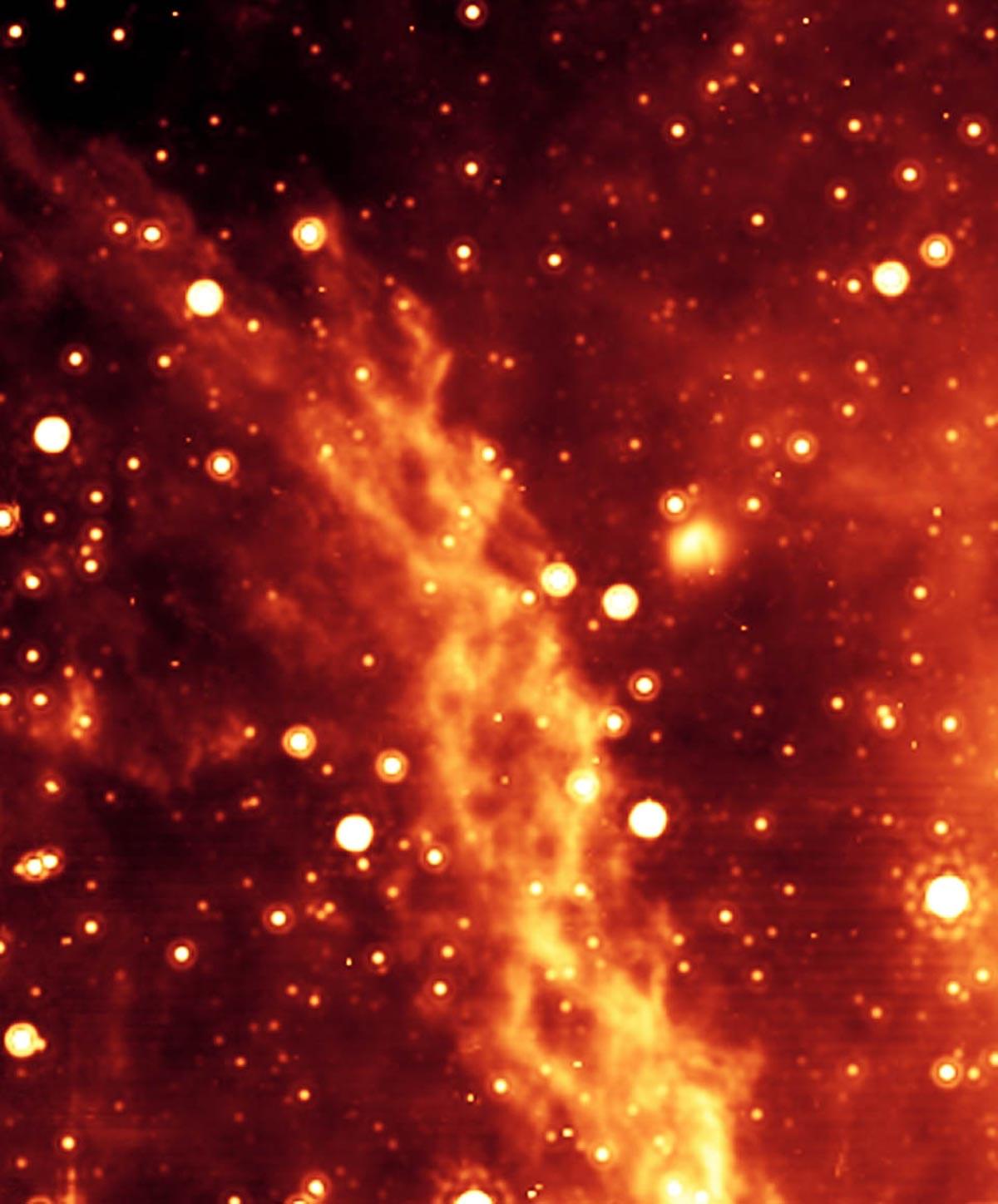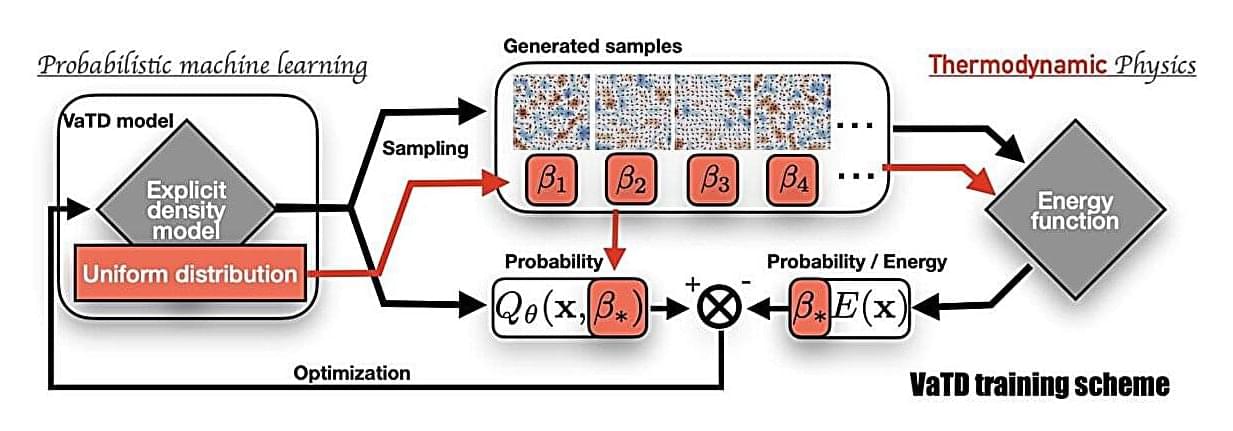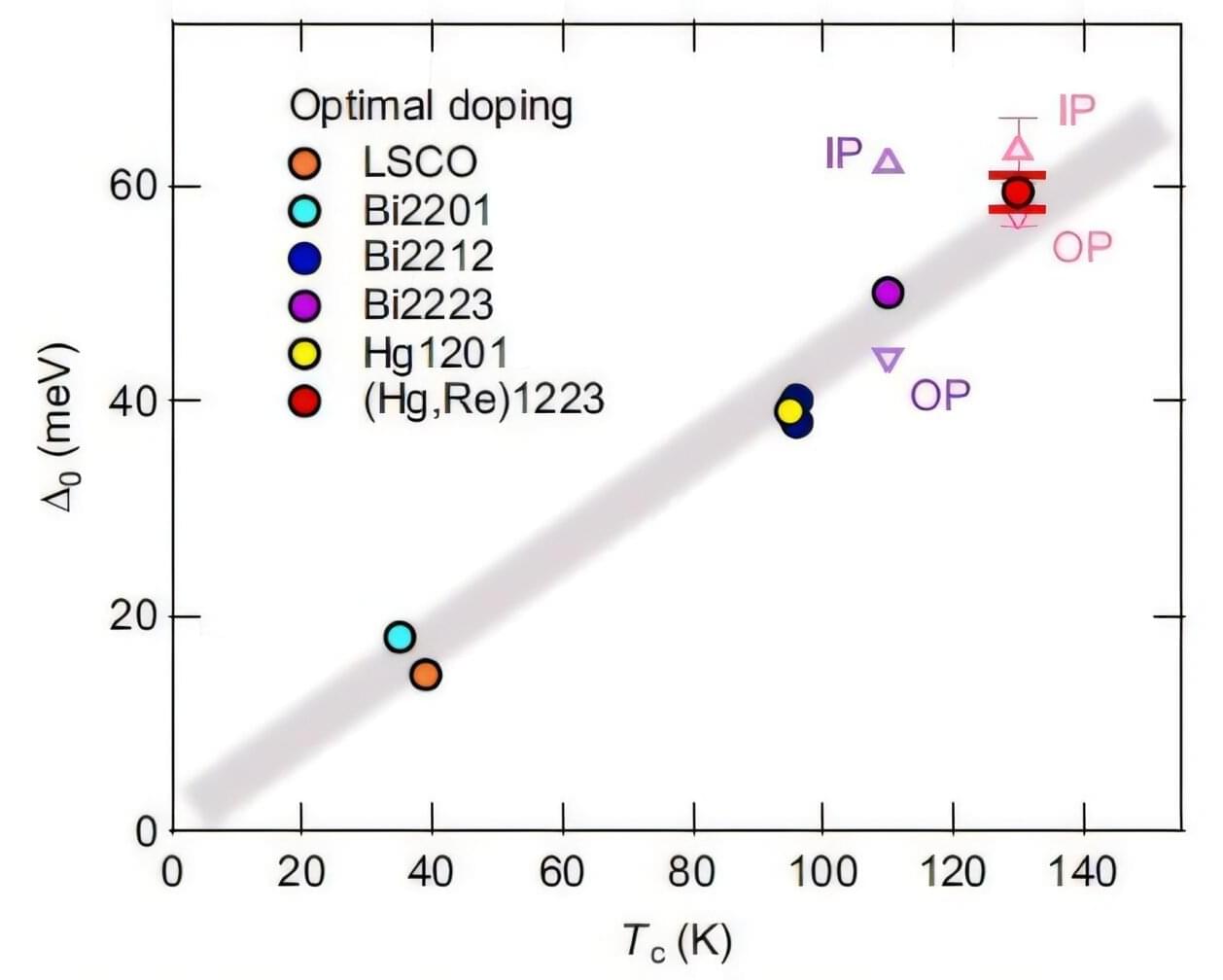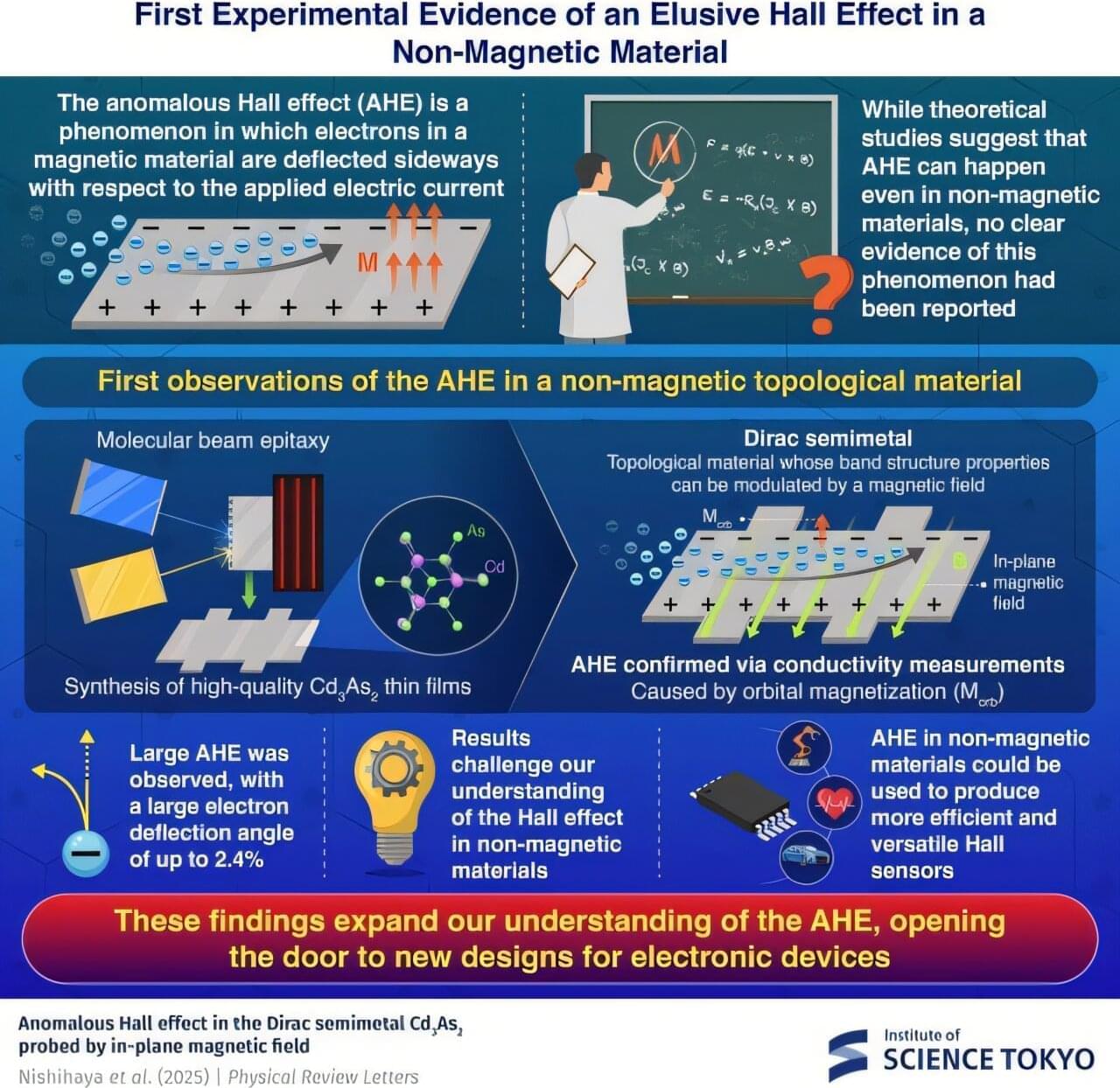A giant bubble of gas and dust surrounds the red supergiant DFK 52, likely created in a powerful outburst 4,000 years ago. Astronomers are baffled at how the star survived without going supernova, and suspect a hidden companion may have played a role. This discovery could reveal clues about the final stages of massive stars.
Astronomers from Chalmers University of Technology, Sweden, have discovered a vast and expanding bubble of gas and dust surrounding a red supergiant star – the largest structure of its kind ever seen in the Milky Way. The bubble, which contains as much mass as the Sun, was blown out in a mysterious stellar eruption around 4,000 years ago. Why the star survived such a powerful event is a puzzle, the scientists say.
The new results are published in the scientific journal Astronomy and Astrophysics, and the team was led by Mark Siebert, Chalmers, Sweden. Using the ALMA radio telescope in Chile, the researchers observed the star DFK 52 – a red supergiant similar to the well-known star Betelgeuse.








